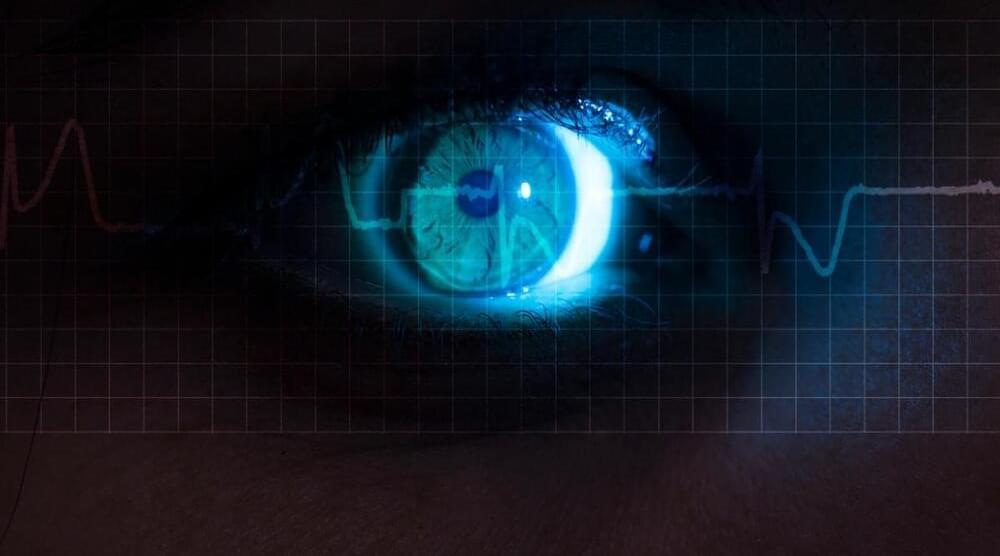On 12 April 1961, cosmonaut Yuri Gagarin launched on Vostok-1 (Vostok-K rocket & Vostok 3KA space capsule) to become the first person to orbit the Earth, the first human in space. His flight lasted for 1 hour and 48 minutes.
Credit: Roscosmos
On 12 April 1961, cosmonaut Yuri Gagarin launched on Vostok-1 (Vostok-K rocket & Vostok 3KA space capsule) to become the first person to orbit the Earth, the first human in space. His flight lasted for 1 hour and 48 minutes.
Credit: Roscosmos


While much-debated AI tools will not automate or elevate every digital assault, phishing scheme or hunt for software exploits, NSA’s Rob Joyce said April 11, what it will do is “optimize” workflows and deception in an already fast-paced environment.
“Is it going to replace hackers and be this super-AI hacking? Certainly not in the near term,” Joyce said at an event hosted by the Center for Strategic and International Studies think tank. “But it will make the hackers that use AI much more effective, and they will operate better than those who don’t.”
U.S. officials consider mastery of AI critical to long-term international competitiveness — whether that’s in defense, finance or another sector. At least 685 AI projects, including several tied to major weapons systems, were underway at the Pentagon as of early 2021.

In recent years, cancer therapies have often fallen short of expectations, with tumors developing resistance to medication. One such example is alpelisib, a drug approved for use in Switzerland as a treatment for advanced breast cancer.
However, a research group at the Department of Biomedicine of the University of Basel has made a breakthrough in understanding the reasons behind this resistance, publishing their findings in the journal Cell Reports Medicine.
For patients suffering from advanced and metastatic breast cancer, effective treatment options are limited. The PI3K signaling pathway is frequently overactive in breast cancer due to mutations that encourage tumor growth.

After 33 years, the Hubble Space Telescope is still uncovering new cosmic surprises. The venerable instrument recently added to its extensive catalog of finds when it spotted a rare double quasar blazing away in the distant reaches of the universe.
Researchers published a paper detailing the discovery on April 5 in the journal Nature (opens in new tab).

As long as people have been alive, they’ve wanted to stay alive. But unlike finding the fountain of youth or becoming a vampire, uploading your brain to a computer or the cloud might actually be possible. Theoretically, we already know how to do it, and Elon Musk is even trying a brain implant with Neuralink. But technically, we have a long way to go. We explain the main technological advancements that we’ll need to make whole brain emulation a reality.
MORE TECHNOLOGY VIDEOS:
Why We Still Don’t Have Smart Contact Lenses.
Why We Still Haven’t Cloned Humans — It’s Not Just Ethics.
How Blockchain And Remote Monitoring Can Improve The Healthcare Experience.
#Brain #Tech #TechInsider.
Tech Insider tells you all you need to know about tech: gadgets, how-to’s, gaming, science, digital culture, and more.
Visit us at: https://www.businessinsider.com.
TI on Facebook: https://www.facebook.com/techinsider.
TI on Instagram: https://www.instagram.com/tech_insider/
TI on Twitter: https://twitter.com/techinsider.
TI on Amazon Prime: http://read.bi/PrimeVideo.
INSIDER on Snapchat: https://insder.co/2KJLtVo.
What it’ll take to upload our brains to a computer.
A camel cannot go through the eye of a needle. But researchers at ETH Zurich have now achieved something that—figuratively speaking—comes quite close. They have developed a new approach to minimally invasive surgical instruments, allowing large objects to be brought into the body through a narrow catheter. Their demonstration study has been published in the journal Nature Communications.
This works as follows: The researchers disassemble such devices into individual parts and then slide them through the catheter in a row, like a string of pearls. At the end of the catheter, the parts assemble themselves into a predefined shape thanks to built-in magnets.
In its research, the team—led by ETH doctoral student Hongri Gu, who is now a postdoc at the University of Konstanz—was primarily concerned with demonstrating the many possibilities of this new approach. In a relatively simple way and using 3D printing, the scientists also constructed an endoscopic grasper. Moreover, they showed that the new approach makes it possible to assemble an endoscope head consisting of three parts.

US banks are slamming the doors on innocent customers with zero notice, according to a new report.
Supposedly suspicious activity is triggering abrupt account closures, leading to customers to discover something is wrong then they try to spend their money, reports the New York Times.
One such member of Chase named Naafeh Dhillon tried to pay for dinner in December and had both his credit and debit cards declined.